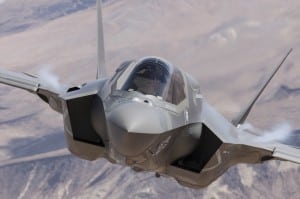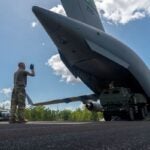
The F-35 development program that began 15 years ago is better than 90 percent complete but continues to face delays and cost overruns that will push the completion of flight test into 2018 and cost an extra $267 million.According to the program schedule set when the program was rebaselined in 2011, flight testing should wrap up by Oct. 31, 2017. Air Force Lt. Gen. Christopher Bogdan, F-35 Joint Program Office (JPO) chief, has repeatedly told Congress and the press that…

 By
By 











